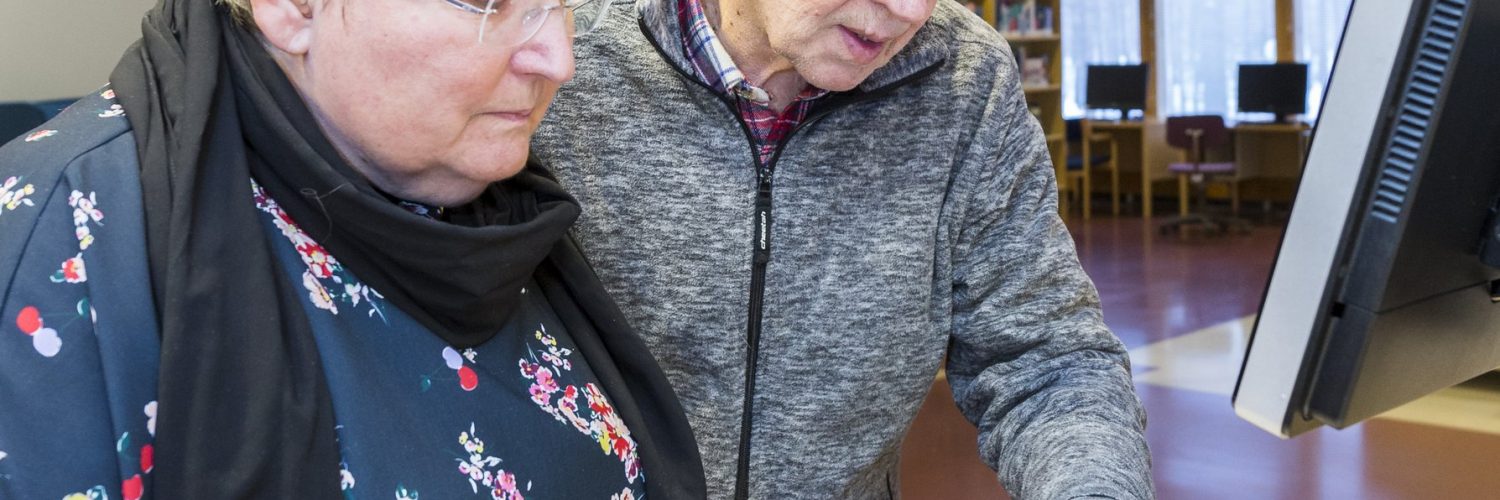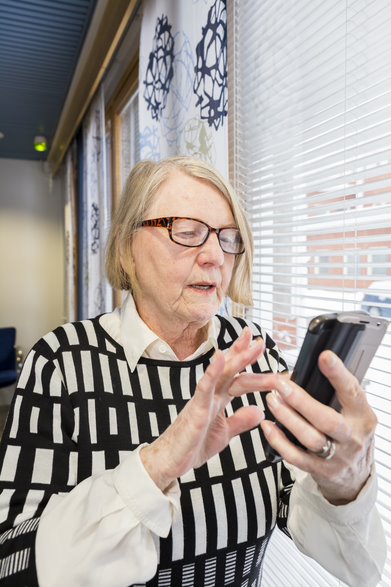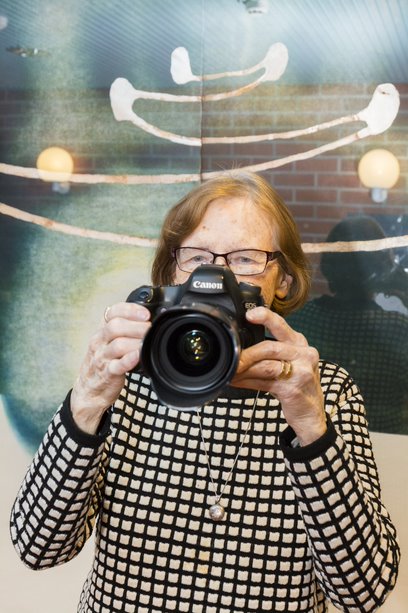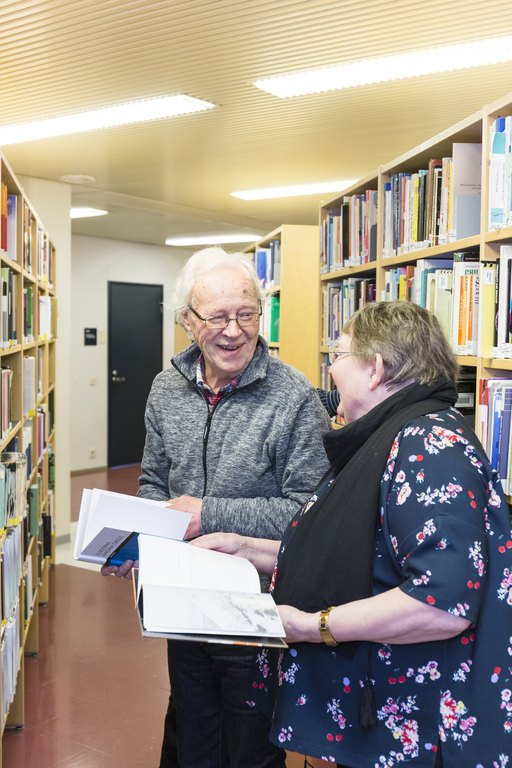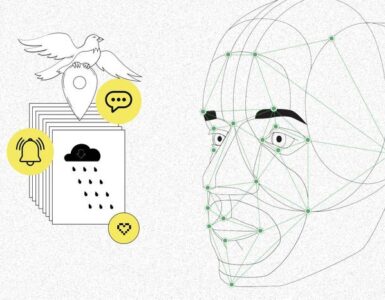People over 65 years of age are a highly important and interesting group from the perspective of media education research and practice. Falling outside the formal educational system and workforce training, they may be left without adequate media literacy to fully function in our digitalized society. Therefore, it is critical to prevent the possible exclusionary effects of digitalization on older people by providing them with media education. This aim has also been underlined in the updated Finnish policy document on media education, which states that “Everyone is entitled to extensive and meaningful media literacy.”
Presently, we have scant research evidence regarding media literacies of older people. Media literacy is understood as the ability to use, understand, and create media content in a variety of contexts. Existing research highlights that some older people lack adequate media literacy related to digital media. For example, some older people lack the ability to
- use digital health and welfare services,
- identify fake news on social media,
- understand online advertising,
- understand the ways in which companies collect personal data online, and
- judge the trustworthiness of information about health risks presented in the media.
Photo credits: Marko Junttila, IkäihMe project
Although there is diversity among older people’s online activities, their range is narrower than that of younger age groups, and there are more Internet non-users among older people. Furthermore, research indicates that the so-called warm experts, often family members and friends, play a pivotal role in older people’s use of digital devices and media.
What kind of media education interventions are best suited for older people? I will present some key answers based primarily on the research and development work we have done at the Media Education Hub, University of Lapland, Finland in our ongoing projects HARVEST and IkäihMe. My main source here is our recent systematic review on studies reporting media literacy interventions for older people.
Need-based media education
Older people’s media education should be based on their individual needs and perceived value of the Internet. People aged 65 years or more are a large and diverse group, whose needs, competences, and perceptions regarding digital media and services will vary depending on, for example, their age, education, health, place of residence, and social connectedness. The strategy should not be to offer one-size-fits-all media education interventions for all older people.
Multi-dimensional media education
Presently, media education interventions target older people’s media literacy from a somewhat narrow perspective: A majority of the interventions target their technical competencies in using digital devices and media. Although technical competences are key, media literacy comprises much more than that. The interventions should also target older people’s critical understanding of, for example, online news, advertisements, health information, and data privacy as well as their competences to actively participate in digital communication as content producers.
Photo credits: Marko Junttila, IkäihMe project
Pedagogies for older people
Fostering older people’s self-efficacy as users of digital devices and media and providing them with social support and a respectful atmosphere for learning are of utmost importance. Further, research shows that teacher-led instruction in small groups and one-on-one teaching work well with older people as well as peer-to-peer learning. However, the pedagogies used in media education interventions with older people need to be enriched: The pedagogies for online learning and creative digital content production need to be further developed.
Cross-sector and multiprofessional collaboration
Who should provide high-quality and multi-dimensional media education to cater to older people’s individual needs? Here, research indicates that cross-sector collaboration between adult educators and professionals who work directly with older people is key, which has also been underlined in the updated Finnish policy document on media education. Depending on national contexts, the list of potential providers of older people’s media education is extensive and may include, for example,
- public libraries,
- NGOs,
- adult education organizations,
- universities of the third age,
- senior centers,
- social and health care services,
- cultural, museum, and art institutions,
- businesses (e.g. media companies, banks, telecom service providers),
- schools (with computer-savvy students),
- religious communities,
- warm experts (family, friends), and peers.
Providing need-based, high-quality, and multi-dimensional media education for older people may require rethinking the structures, institutions, and partnerships involved. It is, however, a challenge that must be addressed if we are to succeed in building an age-friendly digital society.
About the author: Päivi Rasi, Ph.D., M.SSc., is an Associate Professor of Education with the Media Education Hub at the University of Lapland’s Faculty of Education, Finland. Rasi has over 15 years of experience in research and development projects in the field of media education. She also serves as the Chairperson of the Finnish Society on Media Education. She is an expert on older people’s media education and is recognized for her research on older people’s Internet non-use as well.
Editor’s note: Päivi will be presenting her work during the Webinar: MIL and senior citizens, lessons learned from Finland organised by the NordMedia network, more information here.
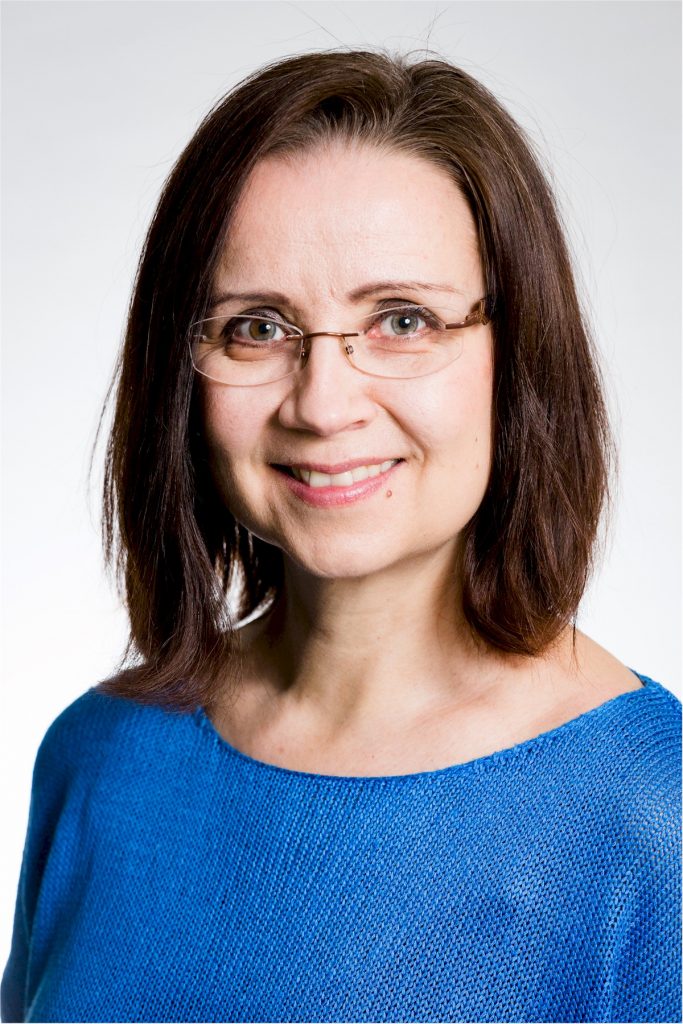
Author
Päivi Rasi,
University of Lapland, Finland

